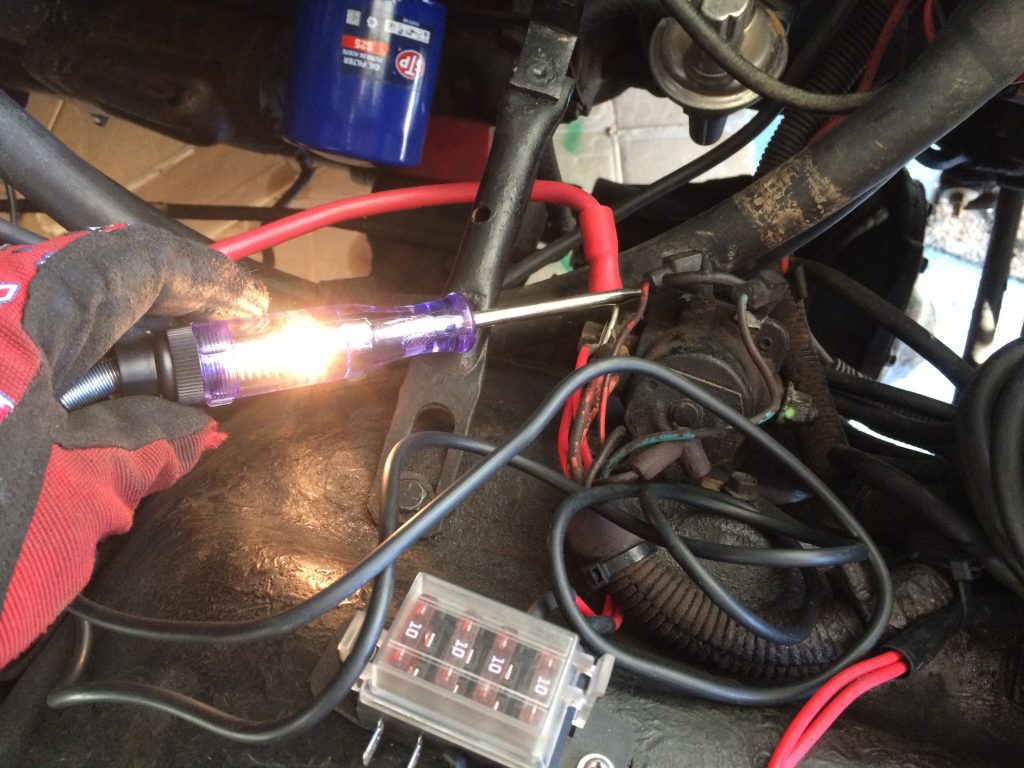
Whether it’s for a holiday or birthday, this Tools Under 30 Dollars Gift Guide Series shows you important, yet somewhat uncommon, tools that any gearhead would want.
Today, let’s talk about automotive electrical test light circuit checkers.
***
We’ve covered multimeters earlier in this gift guide series, and for a darn good reason: multimeters are invaluable electrical diagnostic tools, and handy for a wide range of home and auto electrical troubleshooting.
But on some electrical jobs, you don’t need a tool that fancy.
In fact, sometimes a simple test light circuit checker is all you need to track down and defeat electrical gremlins.
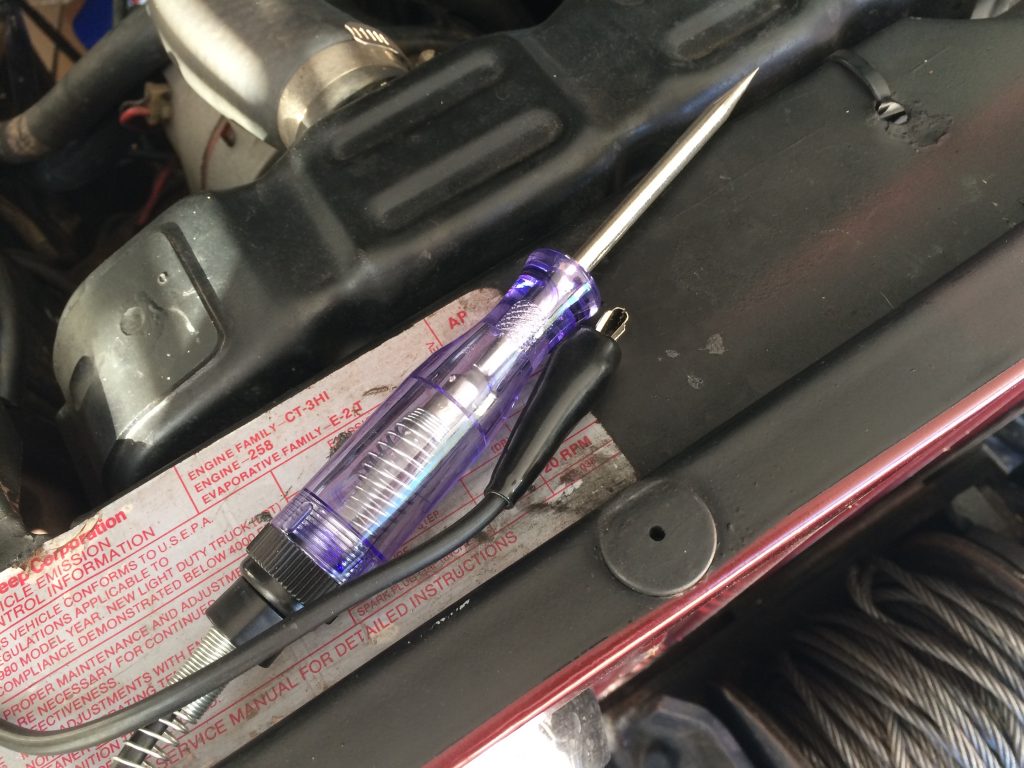
Think of a test light (sometimes called a test probe) as a gussied-up light bulb. The bulb is housed in a wand with a metallic probe, and there’s a wire coming out of the other end with an alligator clip attached. You simply attach the alligator clip to one side of the circuit (-), commonly chassis ground on a vehicle, and use the metallic probe to connect to the (+) side.
With the circuit you’re checking energized, the bulb in the wand will light up when you place the metallic probe on the (+) side to complete the circuit (like a light bulb socket or fuse clip).
When it lights up, you know you’re getting power and there’s continuity in the circuit—in other words, you don’t have any broken wires or bad connections up or downstream of your test location.
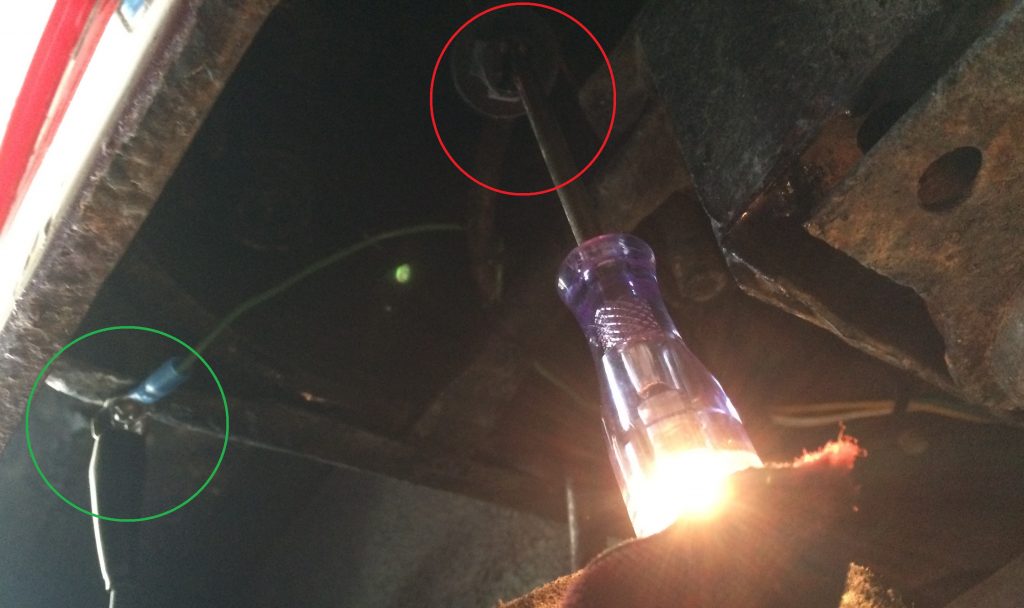
While this tool won’t tell you much in the way of precise electrical voltage or current, it’ll quickly tell you if the circuit itself is intact.
And you can infer some things from the intensity of the probe’s light too.
For instance, if it’s unusually dim, then you may have a break, corrosion, or poor connections somewhere in the circuit. Or, if you notice the light flicker as you move the probe or surrounding wires, it can indicate a local break in the wire or dirty contacts on a connector.
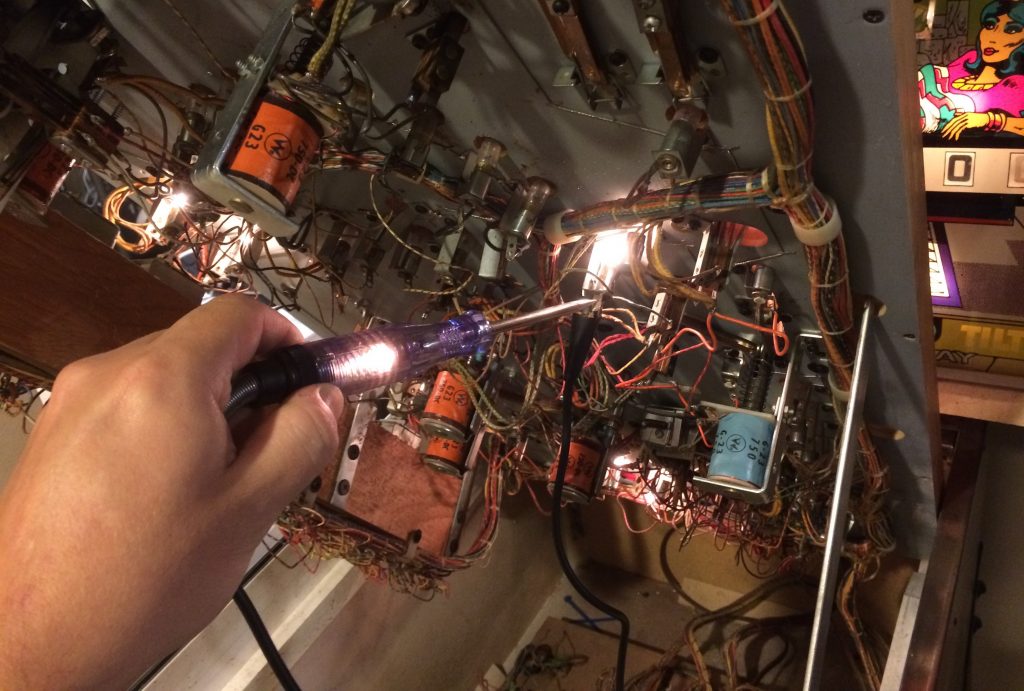
And a test light has tons of other uses outside the garage too. BUT BE CAREFUL! A circuit checker like this should only be used on low-voltage circuits (like, 12 volts or less). This is critically important, because you’re working with live voltage here.
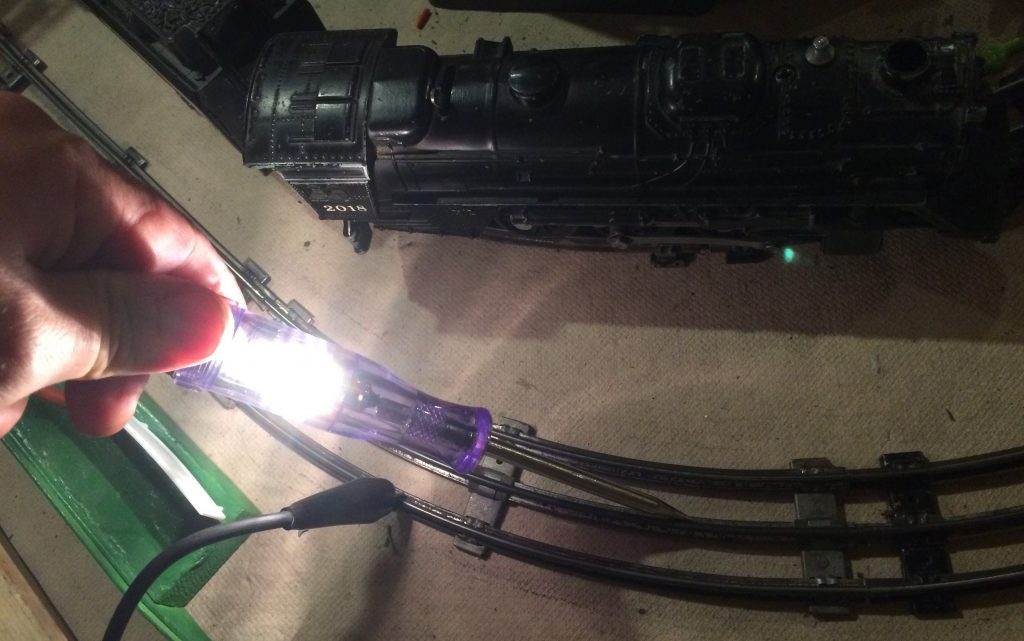
***
But the best part of a test light is that the basic ones are pretty darn cheap, so you’ll have no problems finding a quality circuit checker for under 30 bucks. And considering how easy they are to use, and how handy it is to have a spare one in a vehicle’s toolbox, automotive circuit checkers are great gifts to give and get.

Comments